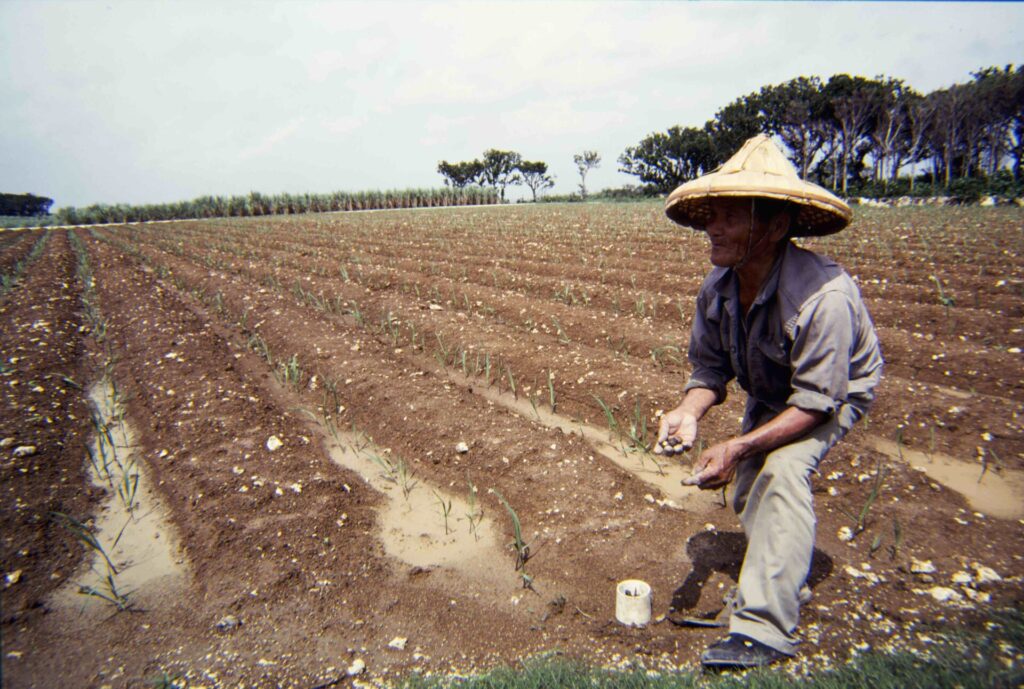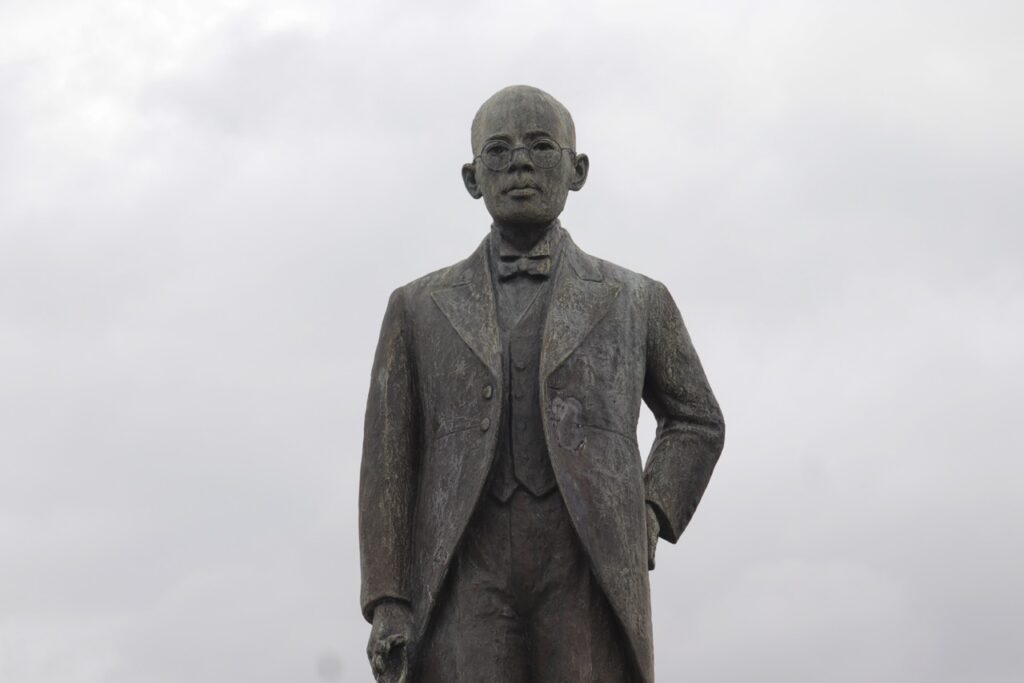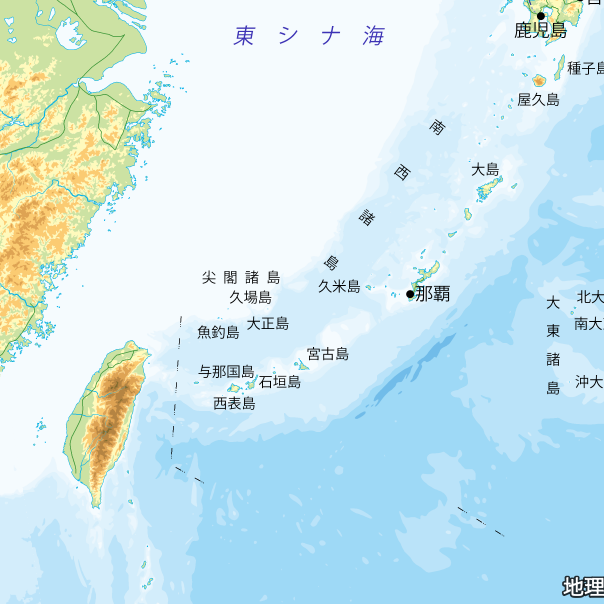Ryukyu Disposition

reference from the article of Ryukyu Shinpo on July 11th 2014
The expression “Ryukyu Disposition”’ has two different senses. In a narrow sense, it refers to the Japanese government’s abolition of the Ryukyu Kingdom and its annexation as Okinawa Prefecture at the beginning of the Meiji era, 1872~1879. Broadly speaking, it refers in general to Japan’s unjustified treatment of Okinawa.
In the first sense, the Meiji government initially tried to negotiate the annexation, although this fell through as it faced resistance from the Kingdom. In the end, military and armed police were sent to its abolition. Clearly, Japan’s aim was nothing but the acquisition of Okinawa as its territory.
The situation became complex when the issue of historical interpretation got involved. To justify the dominium in diplomatic negotiations with the Qing Dynasty and others, the Meiji government insisted that Okinawa had been part of Japan since ancient times and that it had only temporarily established itself as a separate kingdom. This interpretation became widespread not only in the prewar period but also during the postwar campaign for the Reversion of Okinawa: the point that Okinawa had historically belonged to Japan became a crucial foundation for the campaign.
There had also been quite a change in the historical evaluation of the Ryukyu Disposition itself. At the height of the reversion campaign, its goal was for Okinawa to return from U.S. military rule to a “Prefecture” of Japan, back then an idealized nation of Peace Constitution. At that time, the “Ryukyu Disposition,” however high-handed the Meiji government was, was taken essentially affirmative as a policy incorporating Okinawa into Japan as a prefecture.
This tendency distinctively changed in the latter half of the 1960s, especially around 1969, when a plan for the Reversion in 1972 which included the residual of U.S. military bases, was one-sidedly decided in the negotiation between the Liberal Democratic Party of Japan and the U.S. Since then, opinions emphasizing on the aggressiveness of the Meiji government in the Disposition have rapidly spread, while the term “Ryukyu Disposition” came to be used in the broader sense. In other words, the Reversion of Okinawa without the reduction of military bases was regarded as a “4th Ryukyu Disposition.”
In such a way, the Satsuma invasion of the Ryukyu Kingdom in 1609 was considered the “1st Ryukyu Disposition.” The Meiji government’s annexation was the 2nd, and after World War II, when Okinawa was handed over to U.S. military rule under the Treaty of San Francisco, it was counted as the “3rd Ryukyu Disposition.” Some view the 1972 Reversion as the 5th if we count the ravages of the Battle of Okinawa as the 4th. Or often, the Reversion can be simply called the “2nd Ryukyu Disposition.” This broader sense of “Ryukyu Disposition” is used to this day, appearing as well to describe the series of affairs starting from the Okinawa Rape Incident in 1995 to the unilateral revision of the Special Measure Concerning USFJ Land Release.
This is not just an incident of the past. The transformation in the historical views in the narrower sense of “Ryukyu Disposition” is a direct reflection of the relationship between Okinawa and mainland Japan, while it has become today an expression of the Okinawan people’s disappointment and anger toward Japan in its broader sense. I sincerely hope that someday, this hapless phrase will be extinct.





































































































































































































































